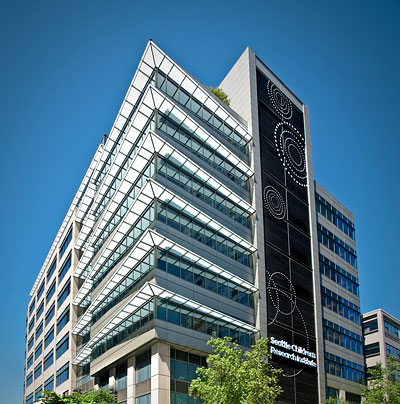Cellular mechanism of ORC-13661 protection against aminoglycoside-induced hearing loss
Fellow: Joseph Bellairs, MD
Otolaryngology
Mentor: David Rabile, PhD
Professor, Biological Structure
Aminoglycoside antibiotics are standard of care for life-threatening sinopulmonary infections in cystic fibrosis, however this class of antibiotics is exceptionally toxic to inner ear mechanosensory hair cells. Hair cells contain a specialized mechanoelectrical transduction (MET) apparatus responsible for translating sound and head movements into nerve impulses, but this unique system also renders hair cells sensitive to off-target effects of aminoglycosides and other therapeutics. Hair cell death leads to irreversible hearing loss, and outside of avoidance there are no reliable strategies to prevent aminoglycoside-induced hearing loss. ORC-13661 is a novel therapeutic that protects inner ear hair cells from aminoglycoside-induced toxicity and preserves hearing in preclinical animal models. Clinical evaluations of ORC-13661 are underway, however because this drug was discovered through a phenotypic screen its mechanism and molecular target remain unknown. Based on recent work, we hypothesize that ORC-13661 blocks MET-dependent uptake of aminoglycosides in hair cells. I propose using a chemical toolbox of photoreactive and biotinylated ORC-13661 analogues to test this hypothesis and identify the molecular target responsible for hearing protection. I will first use these analogues to localize the molecular target in zebrafish and mammalian hair cells. I will then use these analogues to covalently bind, isolate, and identify candidate target proteins with tandem mass spectrometry. Putative targets will be confirmed and characterized using CRISPR-based mutagenesis to generate null mutants. The results from these studies will facilitate the ongoing translation of ORC-13661 in clinical trials and expedite the development of future drugs and therapeutic strategies to prevent hearing loss.

 Cystic Fibrosis Research
Cystic Fibrosis Research